Which Metals Can You Laser Engrave?
Stainless Steel
Stainless steel has a great contrast when laser marked, and it may also be laser etched. The most popular stainless steel grades are 316 and 306 stainless steel. Stainless steel is a popular metal for low-cost laser engravers, and we've previously shown videos of producers marking stainless steel with engravers like the Ortur laser master 3.
Stainless steel engraving is utilized for decorative components such as fuel tanks, railings, and suspensions. Color laser marking equipment can even make color marks on stainless steel.

Aluminum
Aluminum may be engraved and etched cleanly using CO2 or fiber engraving equipment. The laser reveals the material's brilliant substrate, with black anodized metal creating the most contrasting effects.
Aluminum is used in crankcases, crankcase covers, and automotive cosmetic body pieces, as well as branded pens, flasks, metal business cards, and other personalized business products.

Steel
Steel may also be laser etched, but the hardness of the material makes it significantly more difficult, necessitating longer engraving durations to get appropriate surface contrast.
However, sacrificing engraving color/contrast might result in higher engraving speeds. In general, faster engraving rates produce white markings, whereas slower speeds produce black marks.

Brass and Copper
Fiber lasers can mark and engrave on metals such as brass and copper, and have applications in musical instruments, jewelry, plumbing, tubing and pipes, nuts and bolts, and a variety of electronics.
Copper is a soft metal that transfers heat well and is easy to engrave. Because of its low melting point and great thermal and electric conductivity, brass may be etched to create black markings.

Titanium
Titanium may be etched, engraved, and marked. Ti2Titanium's laser engraving service, for example, allows you to engrave a name, date, fingerprint, symbol, or any other emotional design onto jewelry using metal laser engraving.

Metal Laser Engraving Uses
Engraving metals often entails manually carving up to a 0.125" deep depression during the engraving process. This is the deepest cut of the three procedures, producing a contrasting design excellent for branding and traceability.
The professional metal of high-grade laser engraver is faster than markers or etchers and frequently used to produce stainless steel items, as well as alloys and other metals.
More powerful metal laser engravers can work on all sorts of different metals, from aluminum and steel to magnesium and lead.
Laser engravers are important tools for many industries for:
- Barcodes
- Serial numbers
- Logos
- Tracking numbers
These products can range from everything from machines, hardware, and automobile parts, to measuring tools and medical devices.
Types of Laser Engraving Machine For Metal
CO2 Lasers
CO2 metal laser engraving devices employ a gaseous CO2 mixture that is electrically treated to create the laser beam.
These machines are non-metal materials such as wood, plastics, leather, and others use a 10.6-micron CO2 laser beam wavelength. They cannot cut metals (unless you have a 150W+ industrial machine), but they can engrave metals such as anodized aluminum and other coated metals.
Fiber Lasers
The wavelength of fiber laser engraving machines is 1.06 microns. They are typically thought to be quicker than CO2 lasers and using fiber optic cables, they can enhance the laser beam's strength for more efficient use of its power. Because of their high power, short wavelengths, and tiny focus diameters, fiber lasers are ideal for engraving metal.
High-power fiber laser marking equipment with 50W laser engravers is examined. They are also dependable and have lengthy service lifetimes.
Crystal / Diode Lasers
Crystal lasers are related to fiber lasers in that they both belong to the same class of solid-state lasers. They're commonly used in low-cost laser engravers like the Ortur Laser Master line, and are great for engraving plastics, woods, and ceramics — and can even engrave metals if coated. They etch using diodes and are perfect for desktop engraving due to their lightweight and tiny size.
Metal Laser Engraver & Cutter Alternatives
Aside from laser engraving and metal cutting, you may also use a CNC router or milling machine.
Atomstack S20 Pro adopts the latest generation of four-way 6W laser coupling technology, which can cut stainless steel plates with a thickness of 0.05mm at one time.
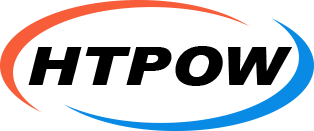
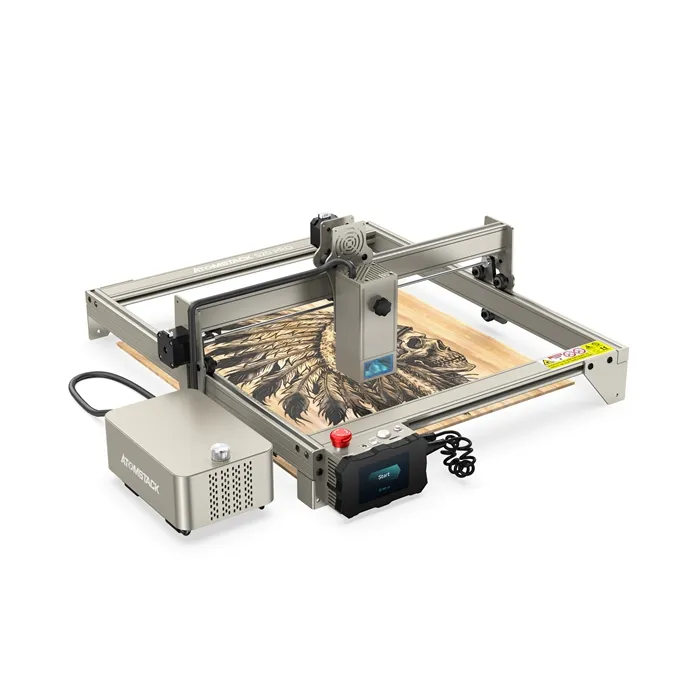
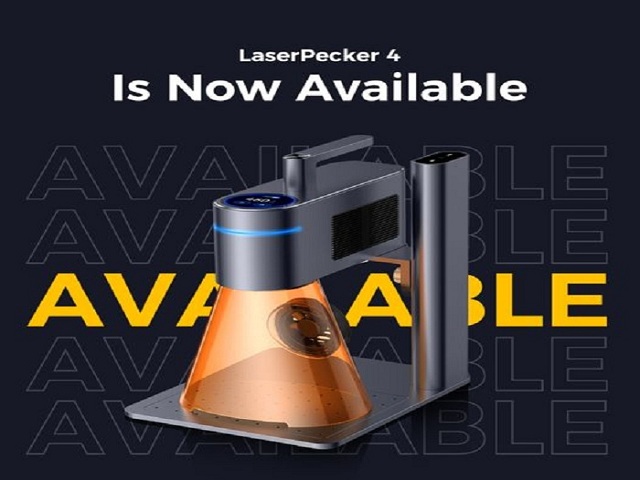
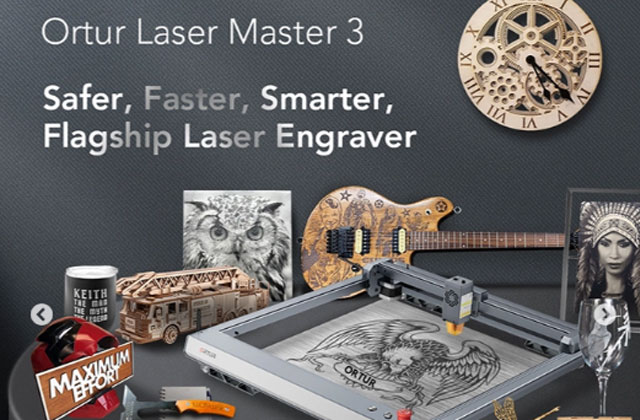
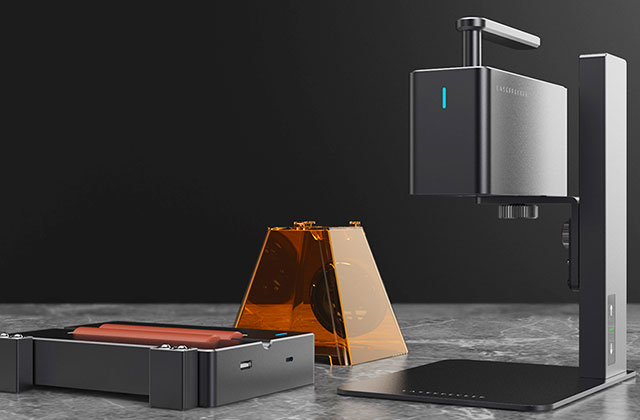
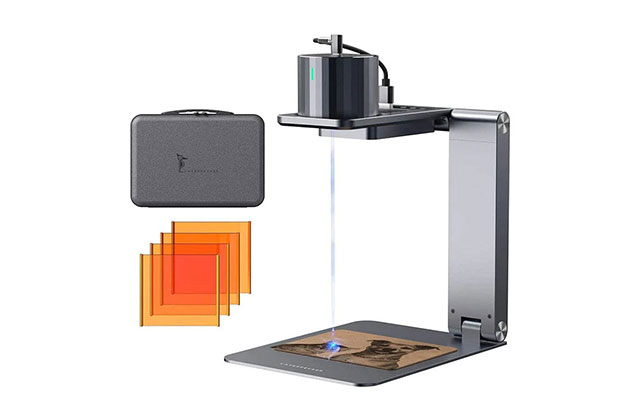

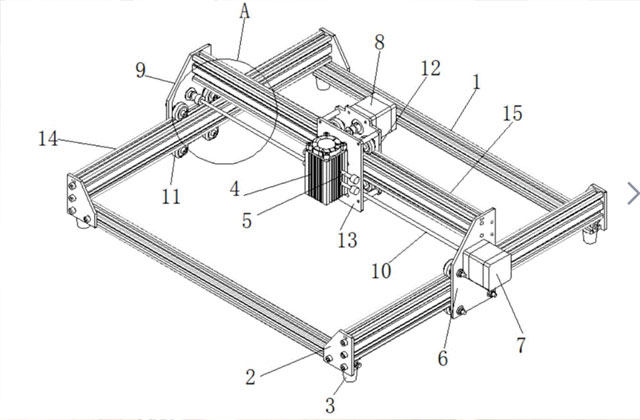
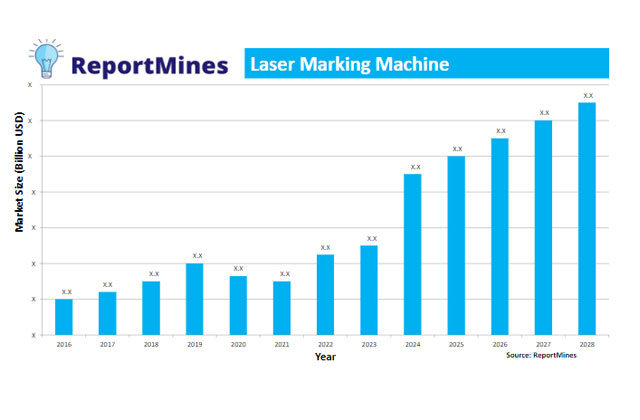
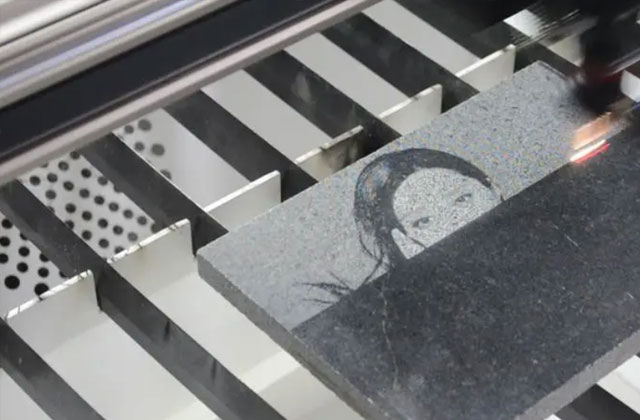

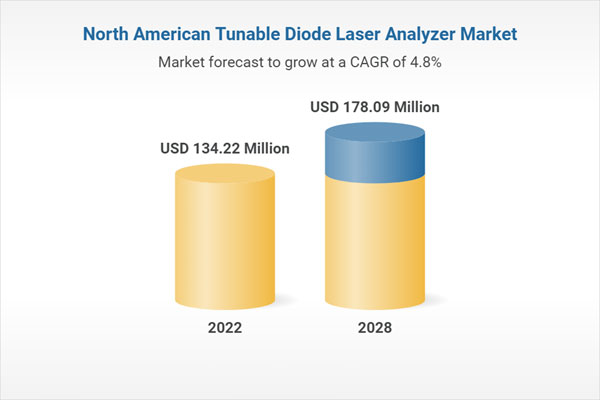
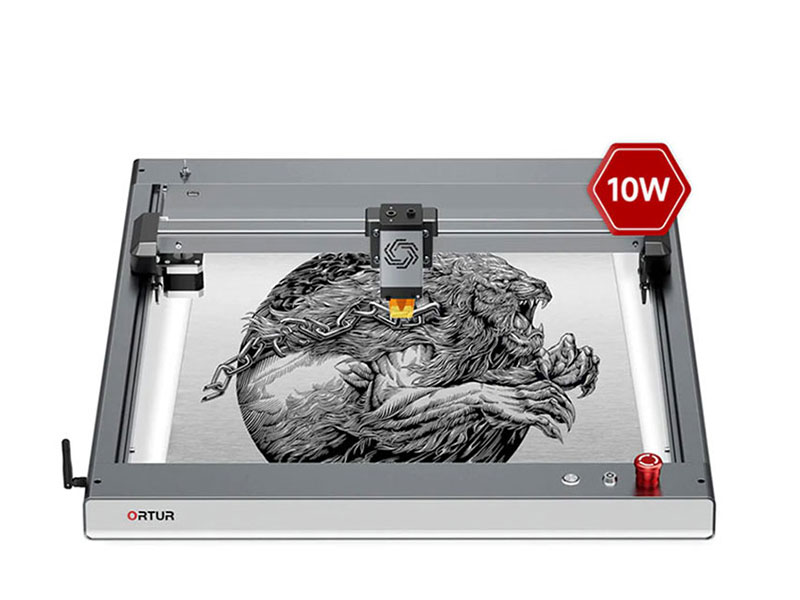

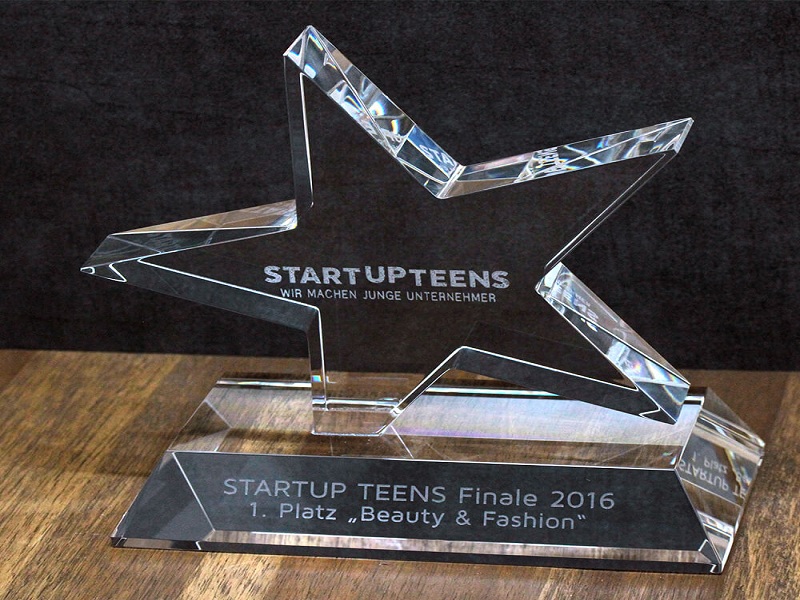

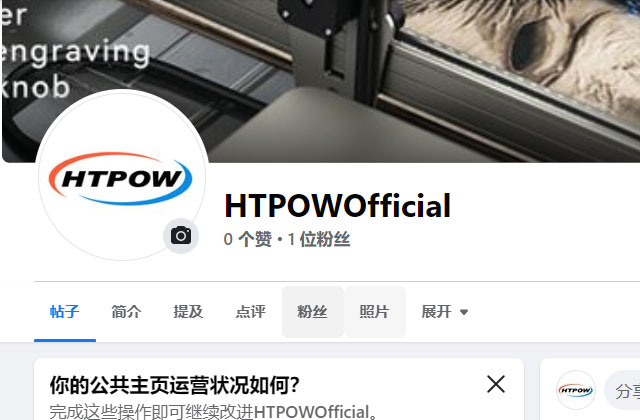
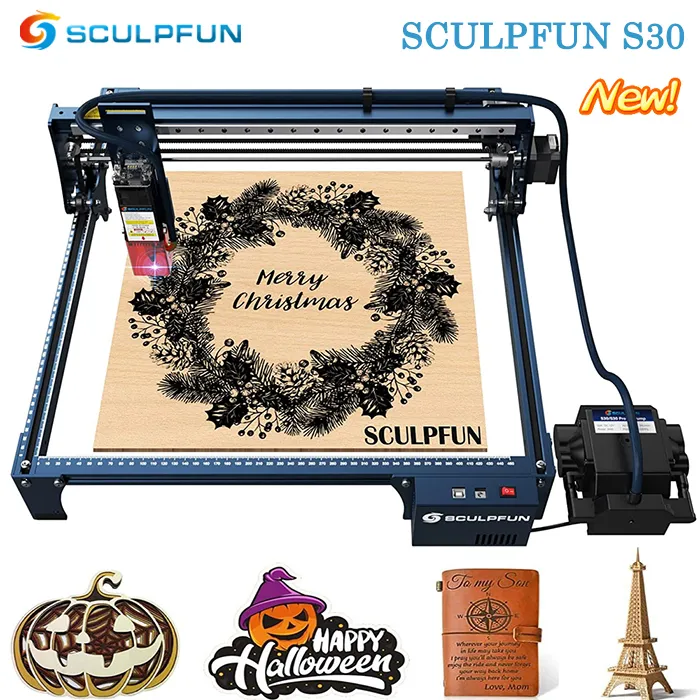
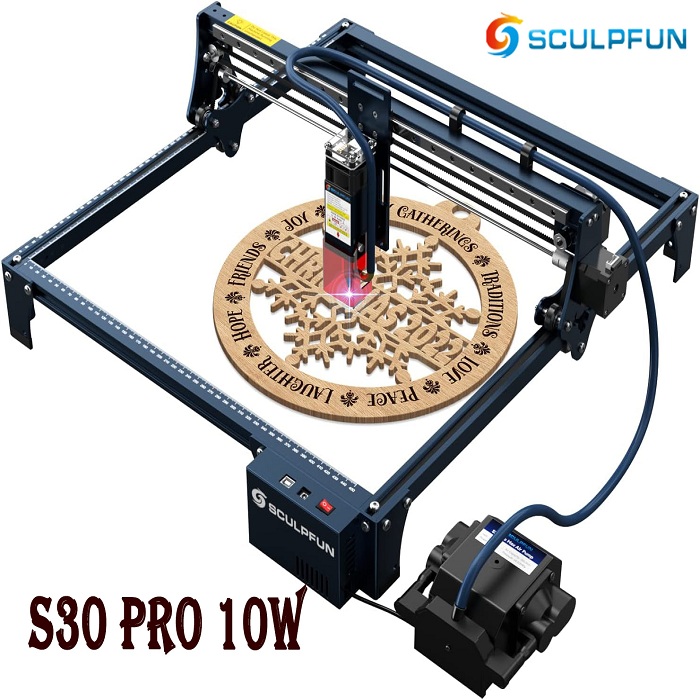
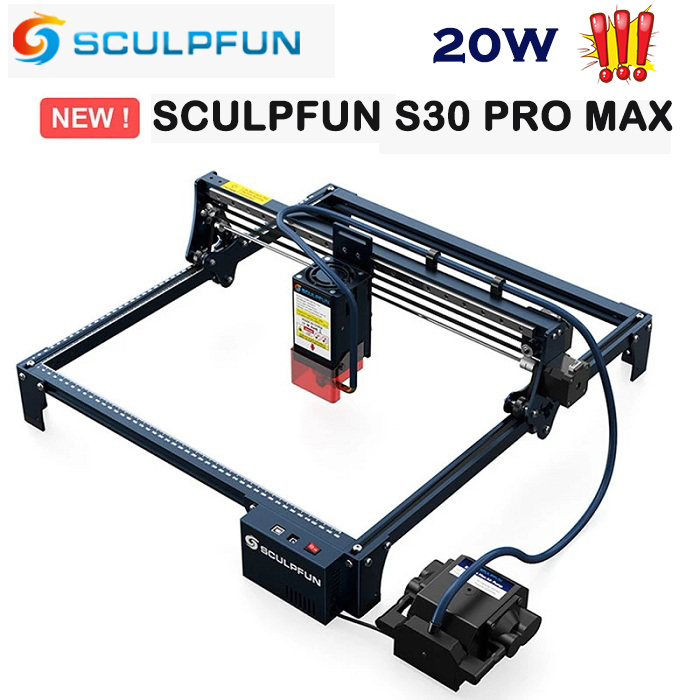
.jpg)
